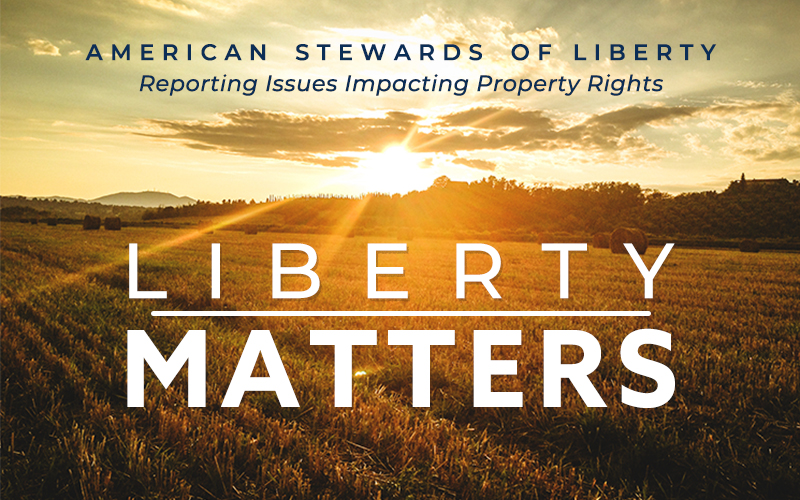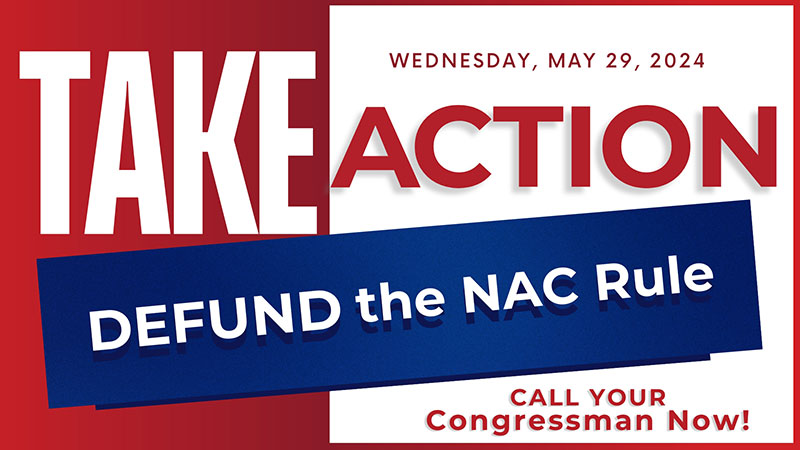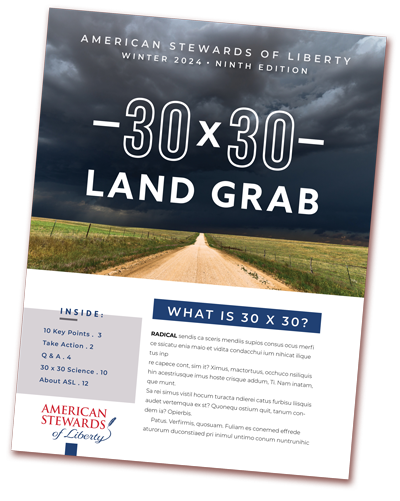HEMPSTEAD, TX: The Texas Department of Transportation returned once again to Waller County on Monday, May 15, 2017 as ordered by a Travis County State District Court to coordinate on the High Speed Rail (HSR), but was reluctant to answer any substantive questions.
In October, 2016, the Waller County Sub-Regional Planning Commission (WCSRPC) brought a lawsuit against the Texas Department of Transportation (TXDOT) demanding they adhere to a state statute requiring state agencies to coordinate with local planning commissions. The Federal Rail Administration had directed TXDOT to refrain from coordinating with the WCSRPC until the Environmental Impact Statement (EIS) on the proposed HSR project was released.
On January 5, 2017, the Judge stated TXDOT had a “…statutory duty to coordinate planning, to the greatest extent feasible, with the Waller County Sub-Regional Planning Commission,” and ordered TXDOT back to the table with the WCSRPC.
During the meeting, TXDOT refrained from answering any specific questions about the significant impacts the preferred alignment would cause the community. They repeatedly claimed that they were only providing information and technical expertise to the FRA. However, the WCSRPC provided the agency a copy of the Federal Register notice initiating the preparation of the EIS, which states:
“FRA is issuing this notice to advise the public that FRA and the Texas Department of Transportation (TXDOT) intend to prepare and EIS pursuant to the National Environmental Policy Act of 1969 …”
“We never did receive a satisfactory explanation as to why the Federal Notice clearly states TXDOT is jointly preparing the EIS, but the state agency claims they are not responsible for the contents of the document,” commented Waller County Judge, Trey Duhon.
Attending on behalf of the state were Peter Espy, Rail Division Director for TXDOT, Mark Werner with TXDOT’s Rail Division, Melissa Neeley, Director of Project Delivery Management and Environmental at TxDOT, and Thornton Wood, Assistant AG for the Texas Attorney General’s office.
When asked by Judge Duhon if “economic viability” was a consideration in selecting the alignment, TXDOT stated that this was not the purpose of the environmental study. The Commission then pointed to the “Needs and Purpose Statement,” for the EIS that guides the development of the alternatives. It states:
“Supports the purpose to provide economically viable high-speed (200 mph) safe and compliant passenger rail service competitive with air travel (90 minute travel time from terminal to terminal) using the N700-I Tokaido Shinkasen in a fully sealed and grade separated Corridor.” (Corridor Alternatives Analysis Technical Report, August 2015) [emphasis added].
The Commission then pointed to a series of statements throughout the three published studies released by FRA and TXDOT, which relied primarily on design and cost benefit criteria to select one build corridor, one build alternative, and one build alignment within the alternative through Waller County. This alignment was selected without using the analysis required by the National Environmental Policy Act, or the FRA’s own environmental procedures.
Again, TXDOT failed to provide the WCSRPC with a satisfactory explanation as to why a preferred alignment had been selected using a cost benefit lens instead of the required environmental impact criteria.
“Now that the preferred alignment has been selected, the FRA is writing their environmental analysis to justify a decision they have already made, which violates Federal law,” commented Judge Duhon. “It is clear to us why they do not want to come to the table and answer our questions.”
The National Environmental Policy Act (NEPA) requires federal agencies, including the Federal Rail Administration, to coordinate with local governments on environmental studies, but not only have they refused to do so with the WCSRPC, they ordered TXDOT to stop meeting with them as well.
“The law requires the FRA to take all of our issues into consideration and resolve any conflicts in their EIS prior to selecting an alignment,” said Margaret Byfield, Executive Director of American Stewards of Liberty, a consultant to the WCSRPC. “However, they have already selected an alignment and we must presume, are now writing the environmental study to justify that decision.” Byfield pointed to the clear language of the Council on Environmental Quality Regulations for the development of an EIS, which states: “Environmental impact statements shall serve as the means of assessing the environmental impact of proposed agency actions, rather than justifying decisions already made.” (40 CFR 1502.2(g))
When pressed by Judge Duhon about the role of TXDOT as co-lead agency and whether any of their concerns would be presented to the FRA, Mr. Espy finally told TXDOT staff not to reply to any further questions about the FRA process.
Judge Duhon stated, “We have presented specific issues, concerns and quite frankly, environmental problems to TXDOT regarding the HSR and we expect the FRA to not only consider them, but resolve our issues prior to any final EIS being published.”
-30-
*The Waller County Sub-Regional Planning Commission (WCSRPC) was formed under Local Government Code 391, for planning future development of the community, including planning for transportation systems within its jurisdiction. Members of the Commission include Waller County, the cities of Waller, Prairie View, Pine Island, Hempstead, Pattison, Brookshire, Katy, and the Waller Independent School District and Hempstead Independent School District.





